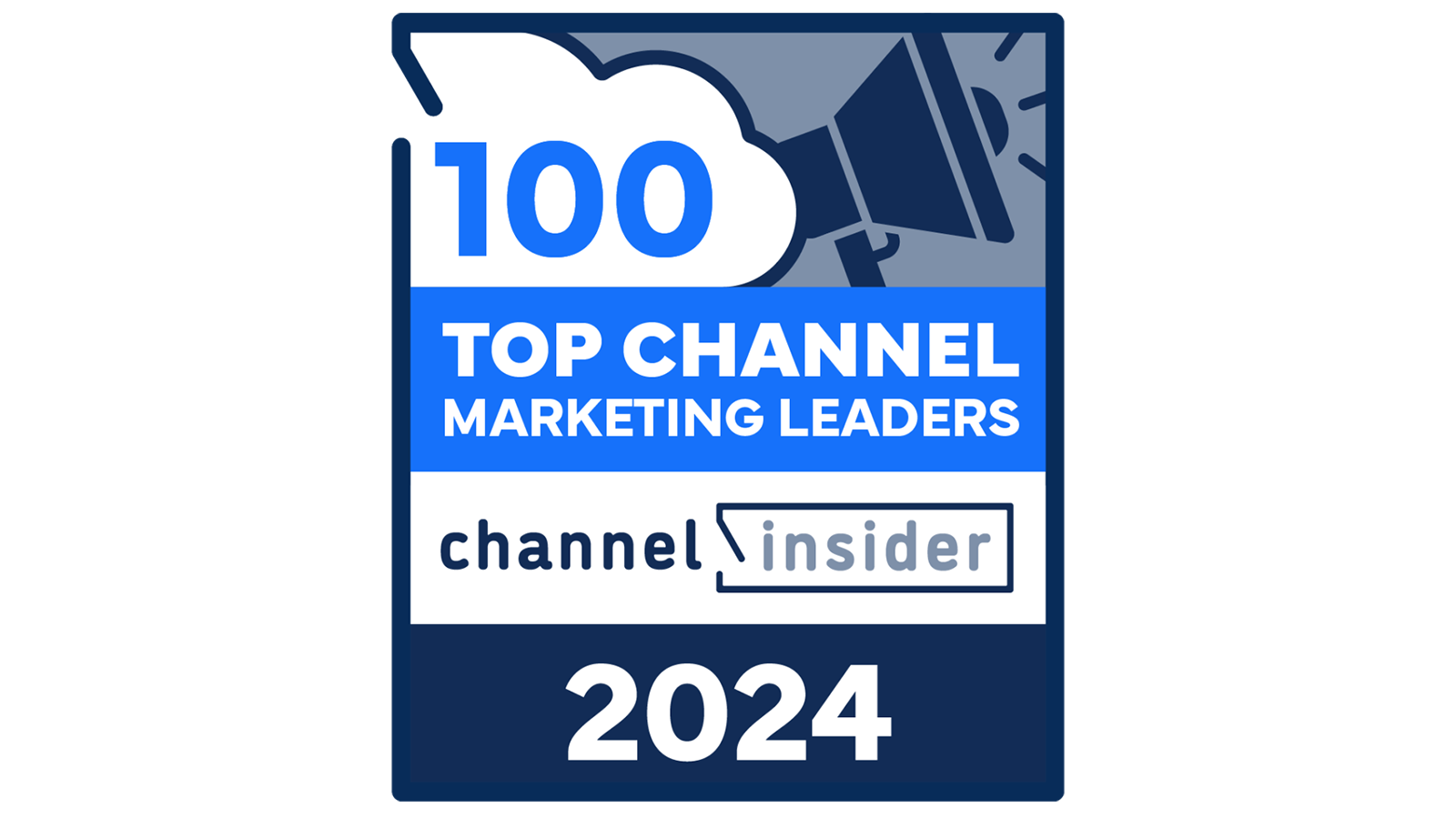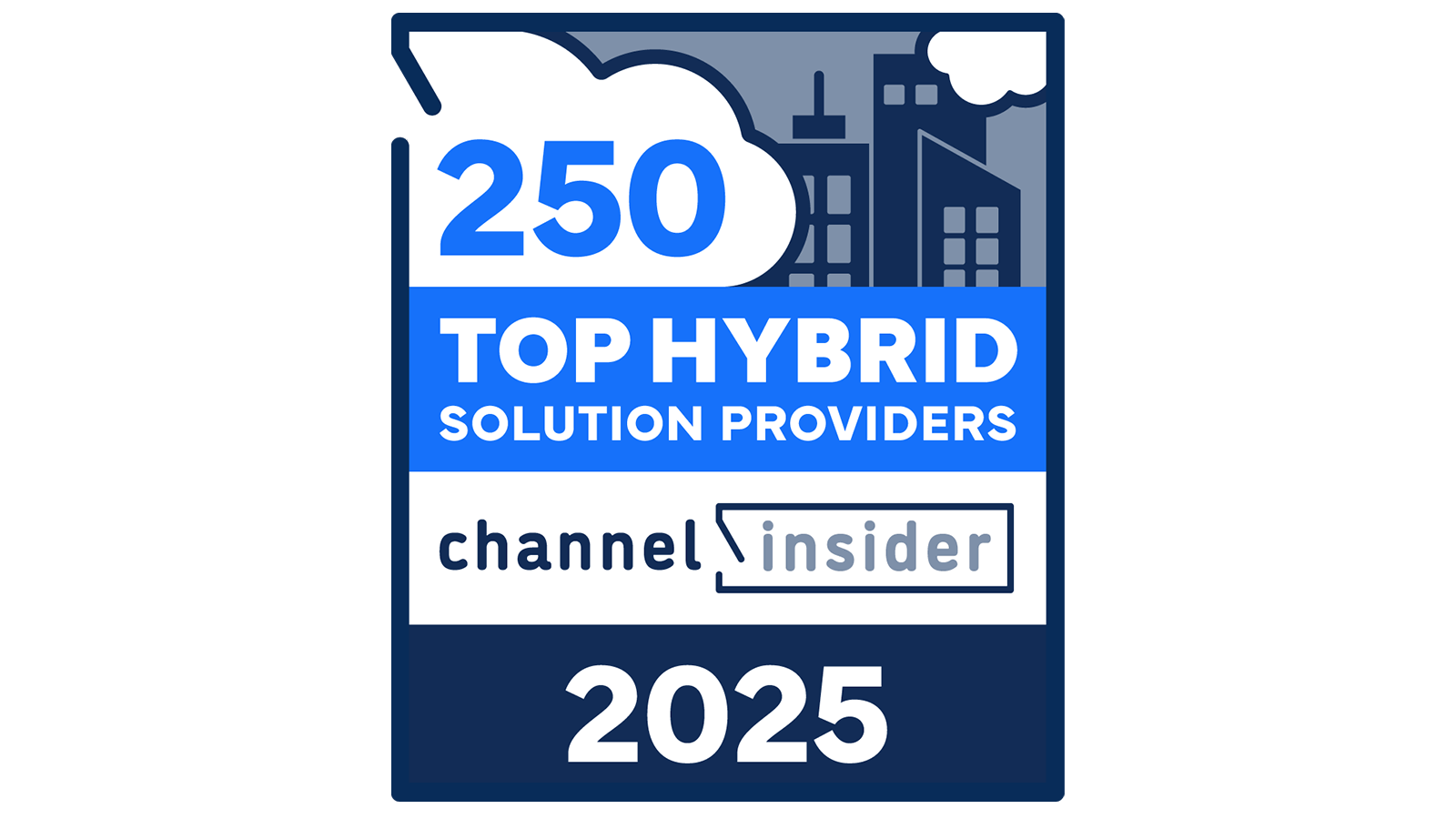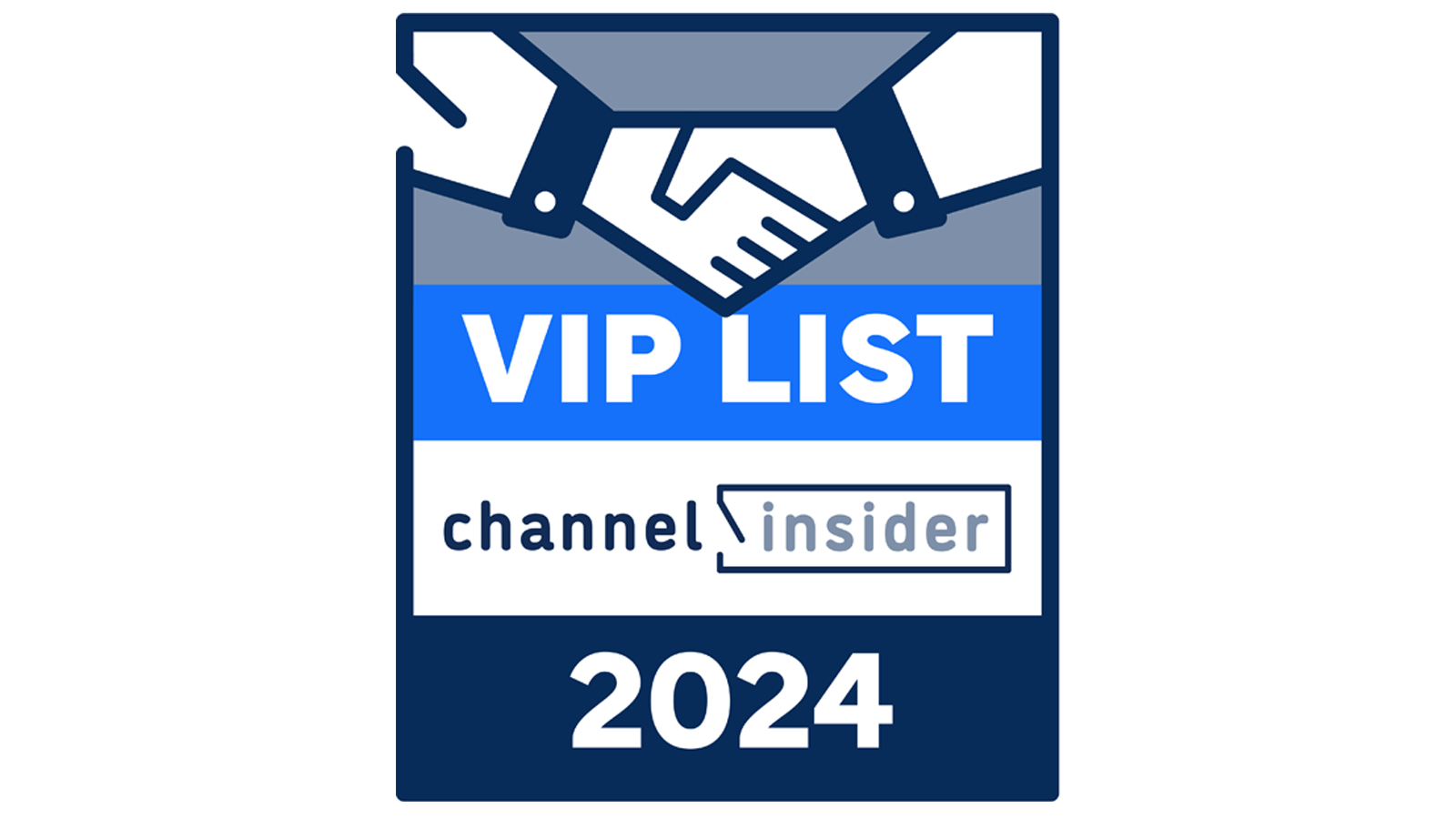Channel Insider content and product recommendations are
editorially independent. We may make money when you click on links
to our partners.
Learn More
Syncro, a platform provider for growing MSPs and IT teams, recently announced that Orchestrate Technologies, which serves professional services, healthcare, and manufacturing clients, improved operational efficiency, technician productivity, and customer satisfaction by using Syncro XMM (Extended Monitoring and Management).
SLA violations down 77 percent and technician utilization up without additional headcount
Orchestrate was able to reduce ticket handling time by 43 percent, cut SLA violations by 77 percent, and increase technician utilization without adding headcount.
“Syncro’s XMM has been the linchpin of our growth strategy,” said Vincent Williams, CEO and founder of Orchestrate Technologies. “It allows us to scale without adding overhead, serve clients faster, and keep pace with industry changes. Our technicians now have the tools and clarity to focus on meaningful work rather than repetitive tasks, which has improved morale and strengthened client relationships.”
Orchestrate utilizes Syncro XMM to consolidate its Remote Monitoring and Management (RMM), Professional Service Automation (PSA), and Microsoft 365 multi-tenant management into a single, integrated platform.
Among the key results of this adoption are:
- 43 percent improvement in ticket handling time with a reduction from an average of 42 minutes to 27 minutes.
- 77 percent improvement in decreasing SLA violations from 8.2 percent to 1.9 percent
- 30 percent time reduction in onboarding timelines.
- Increase from 68 percent to 82 percent first-time fix rate.
- Improved from 63 percent to 78 percent technician utilization.
“Orchestrate’s success with XMM shows exactly what this platform was designed to do,” said Michael George, CEO of Syncro. “It helps MSPs reduce operational complexity, improve service quality, and grow profitability. By unifying RMM, PSA, and Microsoft 365 management, XMM enables MSPs to scale more efficiently while delivering better results for their clients.
Q&A with Orchestrate CEO and founder Vincent Williams
Channel Insider was able to speak with Williams on Orchestrate’s journey with Syncro’s XMM and the advice he would give to other MSP leaders.
What challenges did you face before implementing Syncro XMM, particularly around documentation, onboarding, and ticket prioritization?
Before XMM, our environment was fragmented. We used different systems for ticketing, billing, and documentation, and none of them connected. This meant wasted time, duplicate work, and inconsistent processes. Onboarding a new client often dragged on for weeks, since every technician documented things differently. Prioritizing tickets was just as difficult because information wasn’t centralized. Instead of working from a single view, our team was constantly switching tools and chasing down details. We are not able to work collaboratively from one platform and ensure our whole team is on the same page.
Which automation features in Syncro XMM had the most immediate impact?
The automation around deployments and agreement enforcement delivered the fastest wins. Before, rolling out updates or making sure billing matched contract terms was manual, time-consuming work. Once we automated those aligned with agreements automatically and technicians no longer had to double-check every detail. It cut down on errors, saved hours each week, and gave us confidence that nothing was slipping through the cracks. More specifically, many of our clients regularly onboard and offboard contracted employees, so having our billing directly synced between Syncro and Pax8 ensures that we only bill for what is actually being used.
Can you share an example of a task or process that was previously manual, but is now streamlined through Syncro XMM?
Onboarding is a big one. In the past, every project felt like starting from scratch because the documentation wasn’t standardized. Now, we use reusable project templates in XMM for onboarding, migrations, and audits. This means each step is mapped out, nothing gets missed, and technicians know exactly what to do. It cut our onboarding time by about 30 percent and reduced project durations by more than 20 percent.
Looking ahead, how do you see Syncro XMM supporting your ability to serve professional services, healthcare, and manufacturing as they adopt new technologies?
Professional services, healthcare, and manufacturing each face different compliance pressures and IT needs, and these demands are only growing. XMM gives us the flexibility to adapt quickly without adding overhead. For example, if a healthcare client needs new security protocols rolled out, we can script it once and deploy it across tenants. If a professional services client expands into a new office, we can onboard them quickly and consistently. With everything unified, we can focus more on client outcomes and less on administrative processes.
What advice would you give to other MSP leaders evaluating whether to consolidate their RMM, PSA, and Microsoft 365 management?
Take a hard look at the inefficiencies that may become routine. Tool sprawl creates more complexity than most companies realize, and it often slows down both technicians and clients. Consolidation goes beyond cost savings. It gives your team clarity and consistency so they can deliver better service. My advice is to standardize wherever you can, automate where it makes sense, and recognize that simplification is as much cultural as it is technical. It’s not just a systems decision, it’s about setting your team up to succeed and scale.
Syncro’s CEO spoke to Channel Insider earlier this year about their XMM product and how the channel is changing. Read more about his thoughts on the new category as demand for new capabilities across productivity and security grows.









 AI 50 ListChannel Insider's editorial team spotlights the top AI leaders from MSPs, vendors, and channel businesses delivering measurable outcomes.Link to CML 100 Honorees
AI 50 ListChannel Insider's editorial team spotlights the top AI leaders from MSPs, vendors, and channel businesses delivering measurable outcomes.Link to CML 100 Honorees CML 100 HonoreesCheck out our CML 100 List to discover the top channel marketing individuals who are transforming channel marketing for their organizations.Link to HSP 250 List
CML 100 HonoreesCheck out our CML 100 List to discover the top channel marketing individuals who are transforming channel marketing for their organizations.Link to HSP 250 List HSP 250 ListView our HSP250 list to see the top Hybrid Solution Providers that have proactively embraced the future of tech.Link to The 2024 Channel Insider VIP List
HSP 250 ListView our HSP250 list to see the top Hybrid Solution Providers that have proactively embraced the future of tech.Link to The 2024 Channel Insider VIP List The 2024 Channel Insider VIP ListChannel Insider sought nominations from IT vendors, solution providers, and partners to highlight impactful collaborations. Check out our top choices here.
The 2024 Channel Insider VIP ListChannel Insider sought nominations from IT vendors, solution providers, and partners to highlight impactful collaborations. Check out our top choices here.


